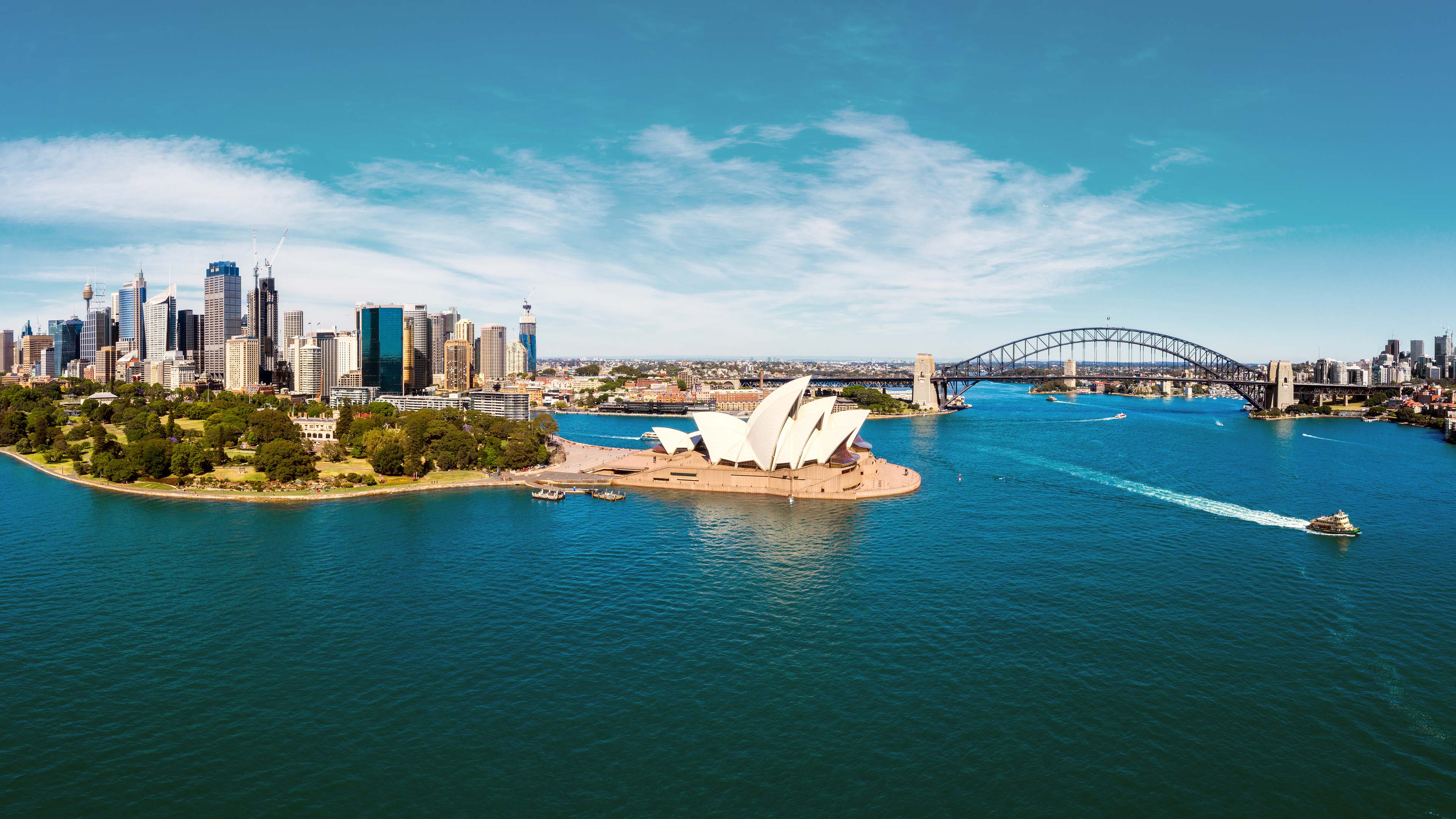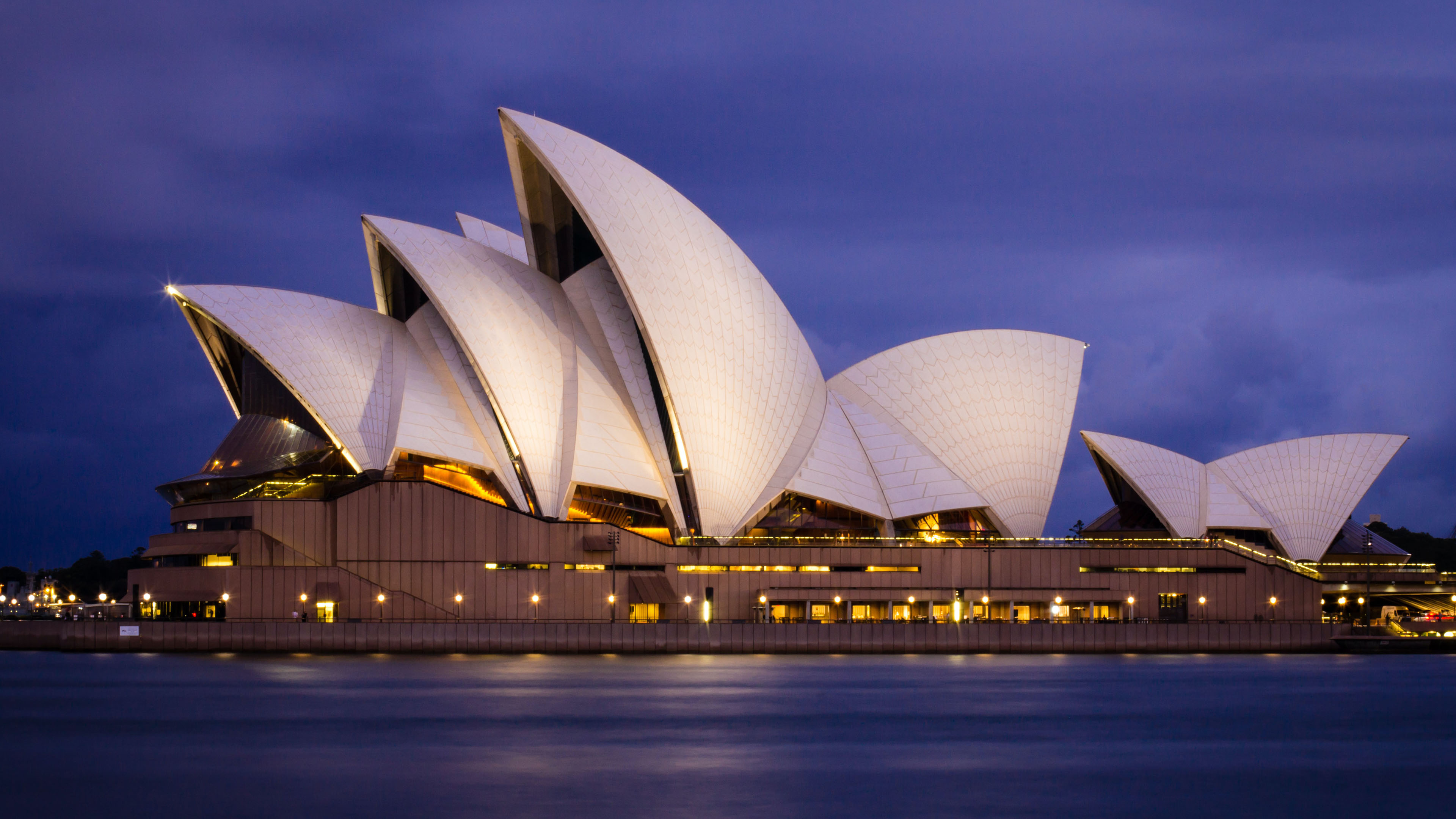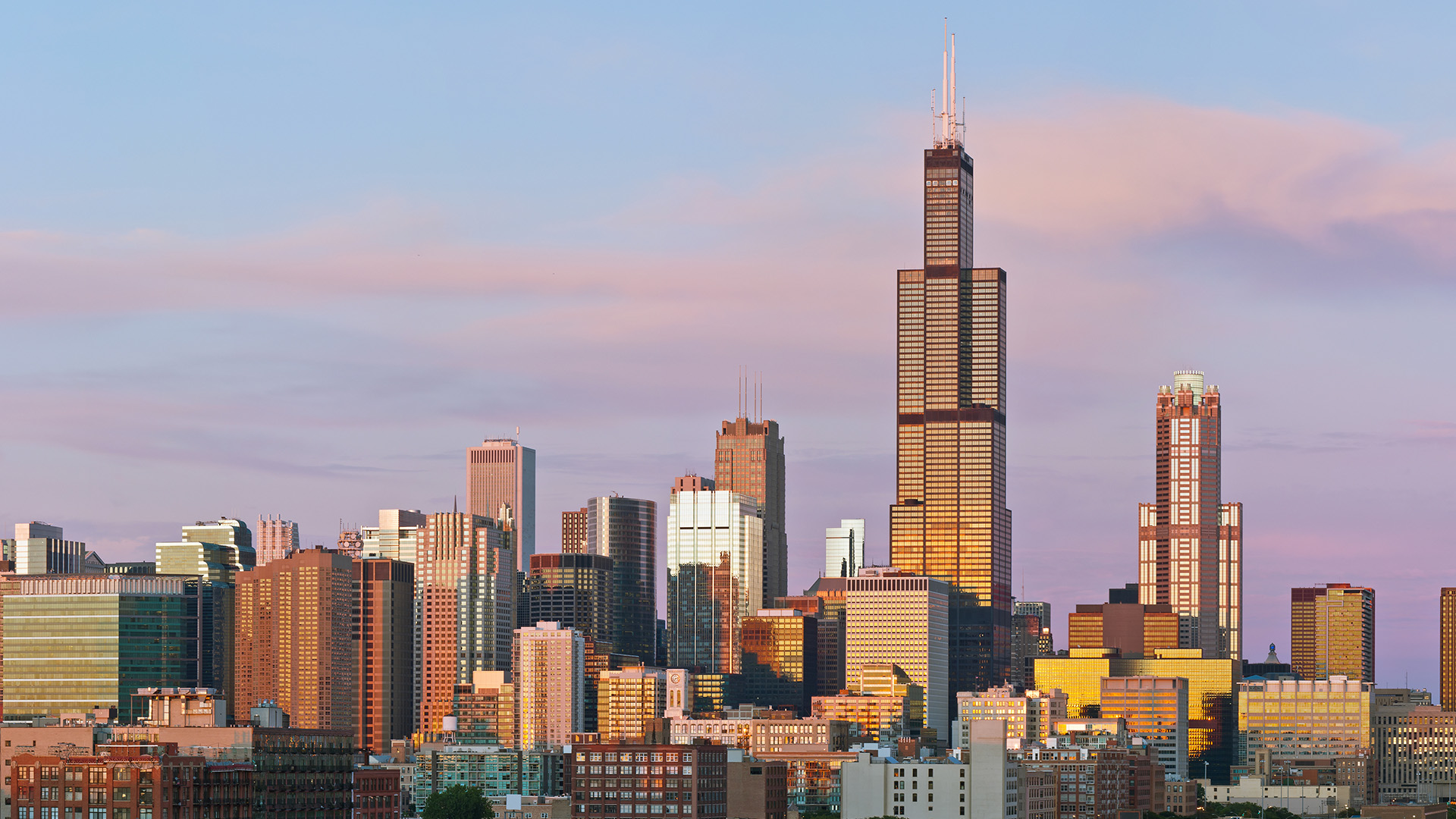
Bowing gracefully towards the water, Sydney Opera House’s concrete sails on a man-made plinth inspired by Aztec pyramids are considered one of the 20th century’s greatest designs.
Described as “an indisputable masterpiece of human creativity,” by UNESCO when it was added to the World Heritage List in 2007, it was lauded with giving the city an instantly recognisable global image. But throughout the design and construction phase, which started in 1959 (with Sydney Opera House finally opening in 1973) the famous arches polarised views. Plenty of onlookers questioned the design and the construction, and the famous sails needed specially made French cranes to complete the work.
It was through an international competition in which 233 designs were submitted, that in 1957 the winning creation by Denmark’s Jørn Utzon was chosen, while the engineering genius of Ove Arup, founder of the eponymous international company, helped shape the building.
The scheme was blighted by unforeseen events, however.
Throughout the build, time and money expectations were constantly smashed. It was estimated construction would take four years; it took 14. The cost was originally put at AU$7m but ended up being AU$102m and was largely paid for by a state lottery.
Utzon resigned from the project in 1966 after the minister of works, Davis Hughes questioned the cost and design, and the newly elected liberal government stopped paying him. Sydney Opera House had largely come about through the persistence of Labour leader, and premier Joseph Cahill.
“Utzon’s sketches reference billowing clouds over the ocean, floating curved forms over a linear plinth and a floating Chinese pagoda roof” Philip Vivian, Smart Architects
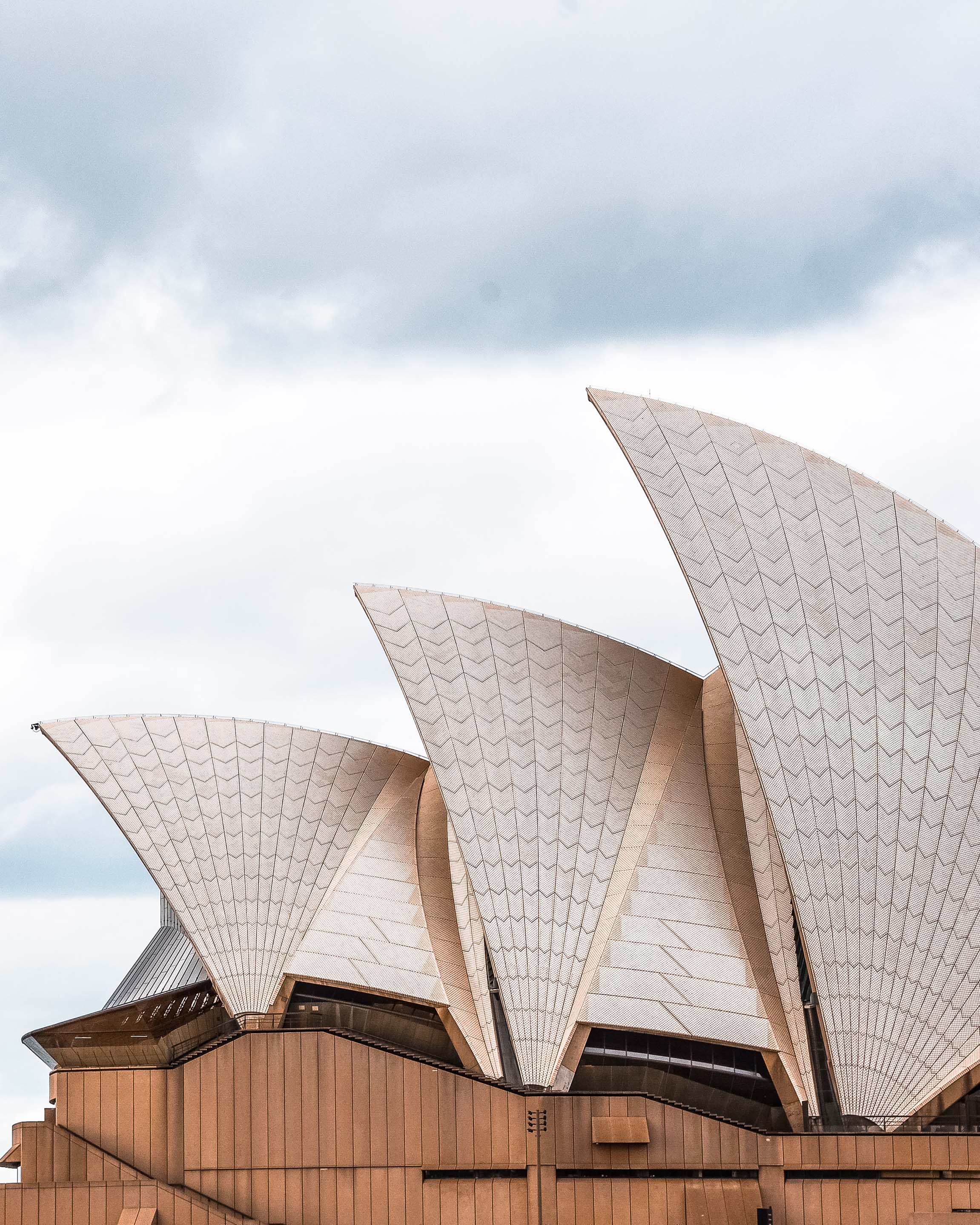

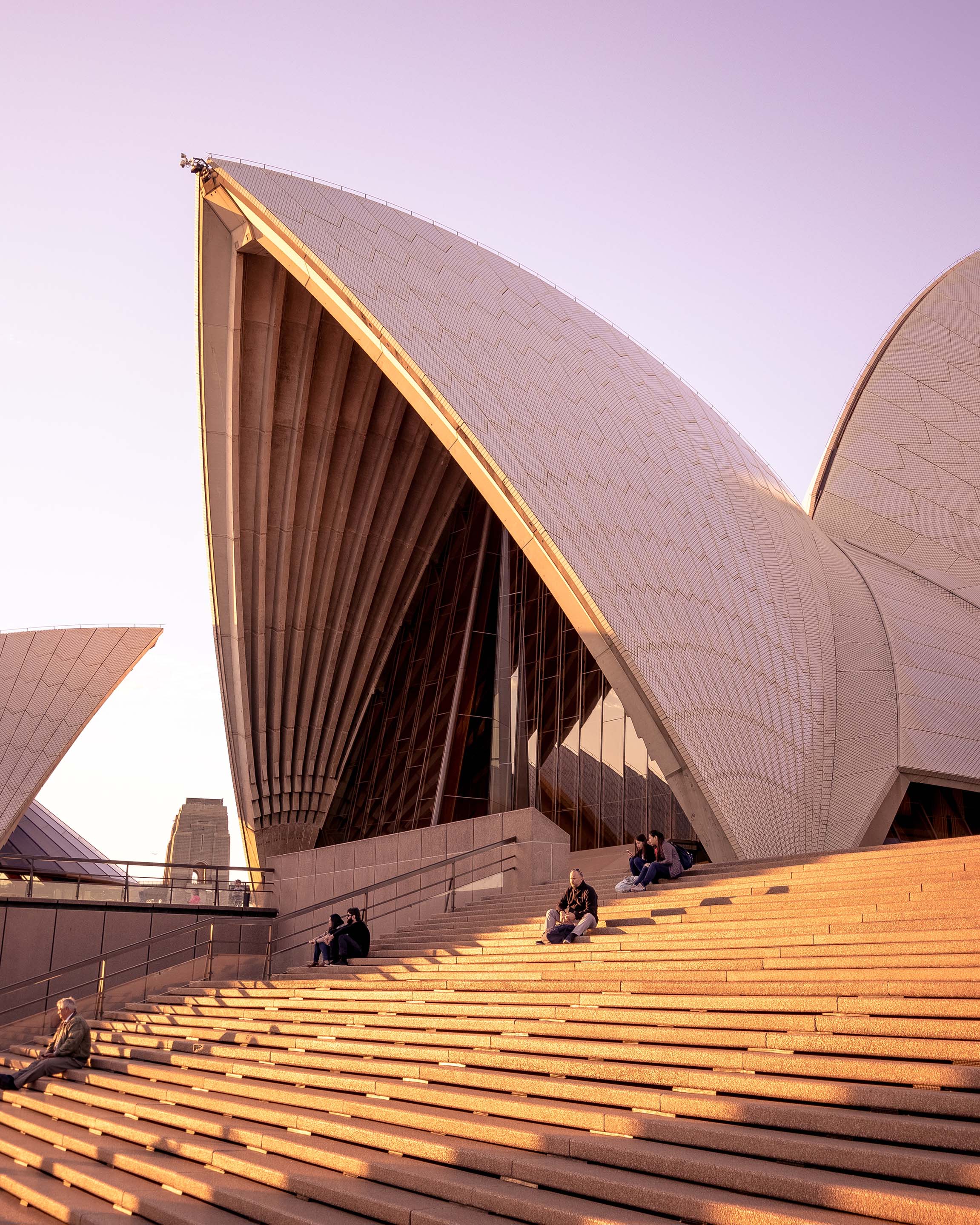
A striking result
The roof’s tiled waves have been likened favourably to sails and shells, and unfavourably to dishes stacked in a dishrack. “Like them or hate them they are a unique expression on the end of a peninsula surrounded by a water,” says Philip Vivian, director of Sydney-based Bates Smart architects. “Utzon’s sketches reference billowing clouds over the ocean, floating curved forms over a linear plinth and a floating Chinese pagoda roof.”
Just as in its design, environmentally, Sydney Opera House set new standards. The original design had a seawater cooling system when it opened in 1973 and the carbon neutral concert venue still takes a leading role in environmentally sustainable design through its own Environmental Action Plan 2020-23.
It has also committed to the United Nations Sustainable Development Goals roadmap to address global challenges by 2030, including climate change, inequality, and education.
Today the Sydney Opera House is a people magnet, says Richard Sharp, principal for Advisory Services at Arup in Australia. “It attracts millions of locals and tourists to its precinct and its views, with its site linking the Central Business District (Circular Quay) and the Royal Botanic Gardens.” In this role, Sharp says Sydney Opera House, has become “something of a meeting place, a location for gathering and celebrating special occasions, and cultural diversity in our very multicultural city. [This] is a continuation of the land’s traditional use in First Nations Aboriginal Culture as a gathering place for storytelling, ceremony, and culture.”
The Opera House has also been a catalyst for urban regeneration. “The northern end of adjacent Macquarie Street has been completely reshaped. And there have been very public debates around the retail and high-end apartment building developments along East Circular Quay, known locally as the Toaster,” says Sharp.
AMP’s Quay Quarter underwent redevelopment in 2018, including a refurbishment of the original 1976 tower, while, the northern end of George Street has been transformed with 200 George, and Gold Fields House has been replaced with residential.
Earlier this year, the New South Wales Government announced it is exploring options for a major revamp of the symbolic gateway to the harbour and city, the Circular Quay precinct. “This is to address transport needs, relieve congestion, better connect the city to the harbour, and better connect east and west Circular Quay,” says Sharp, adding, “the ‘bookends’ of the Sydney Opera House and the Harbour Bridge strongly influence the opportunity and the potential shape of this renewal.”
“An indisputable masterpiece of human creativity” UNESCO
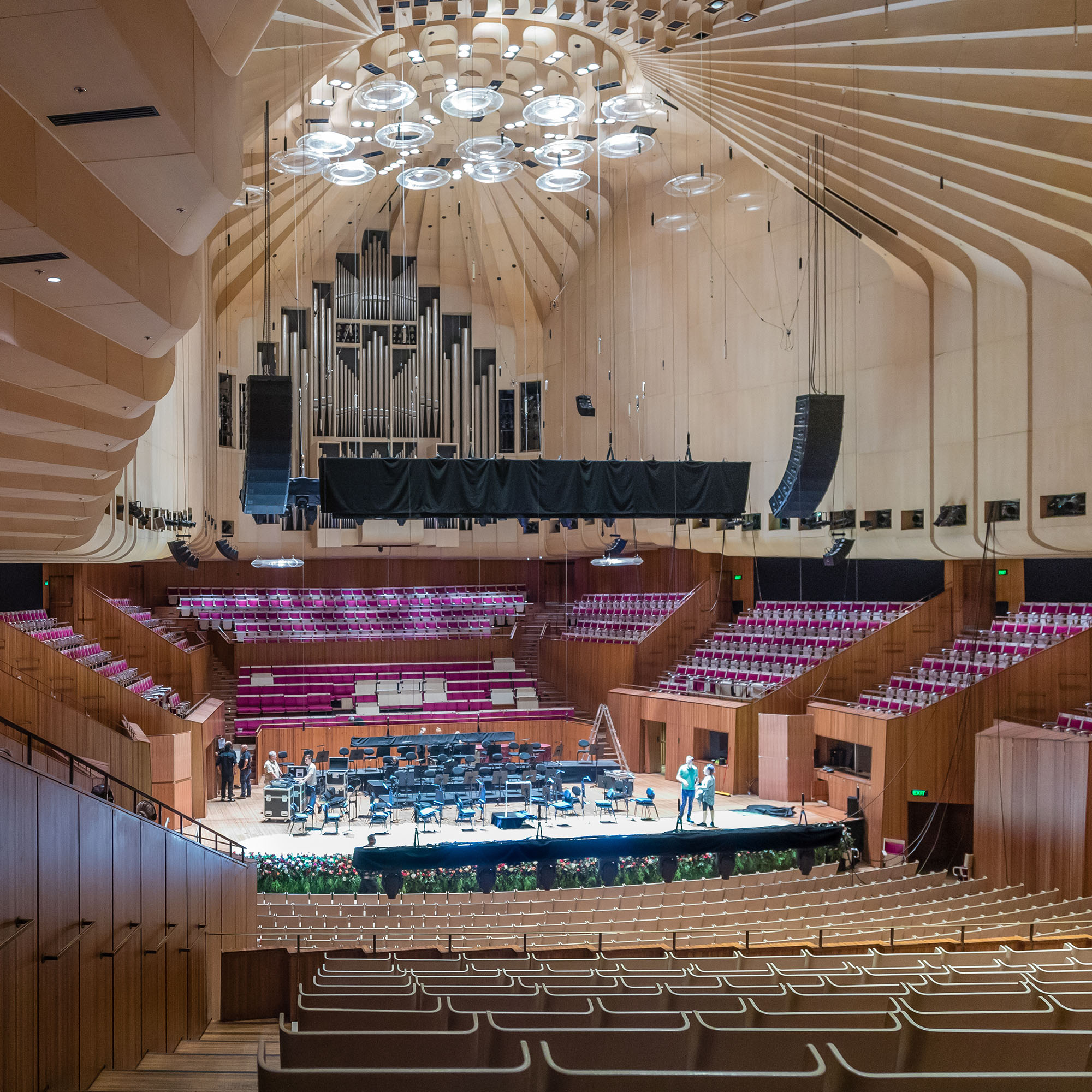
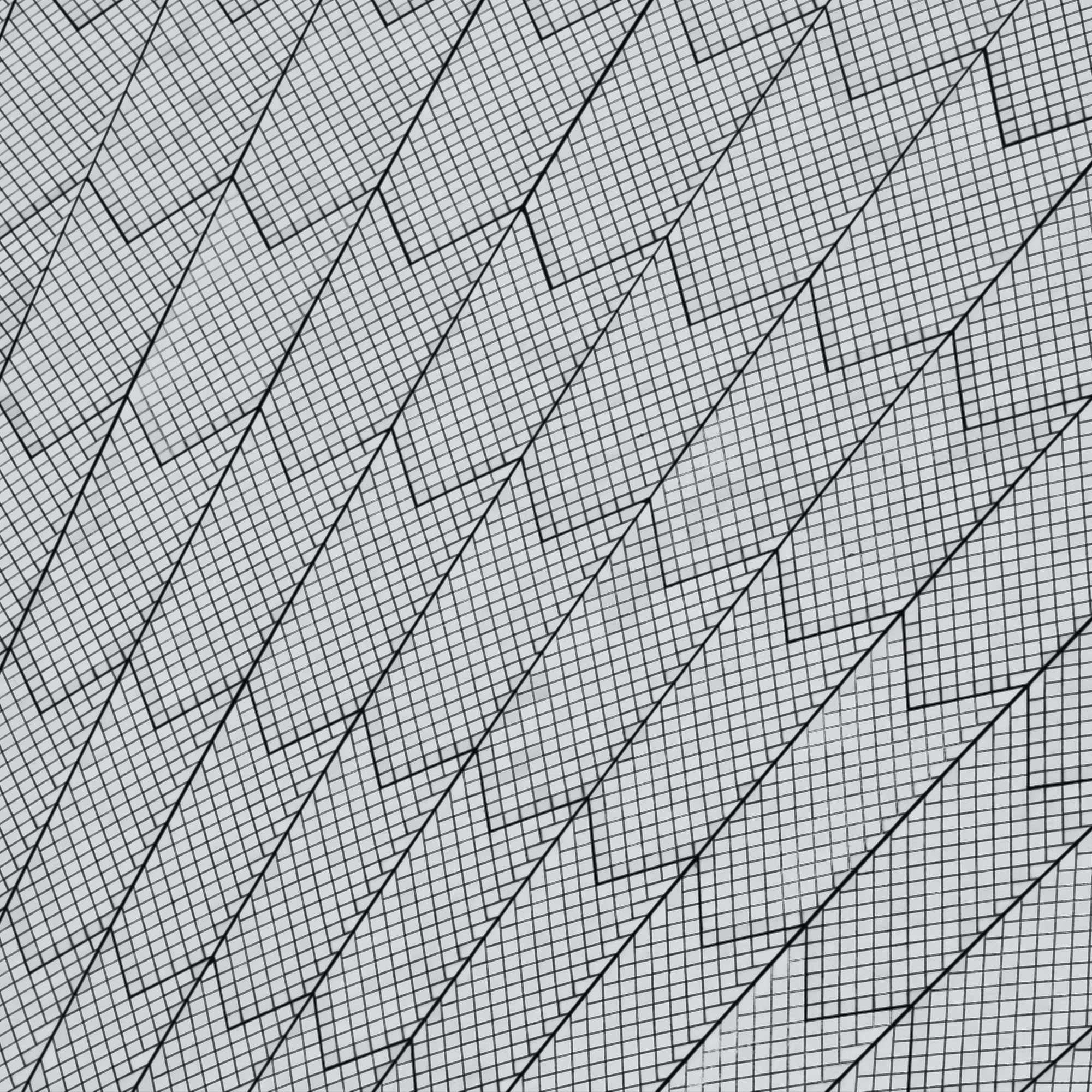
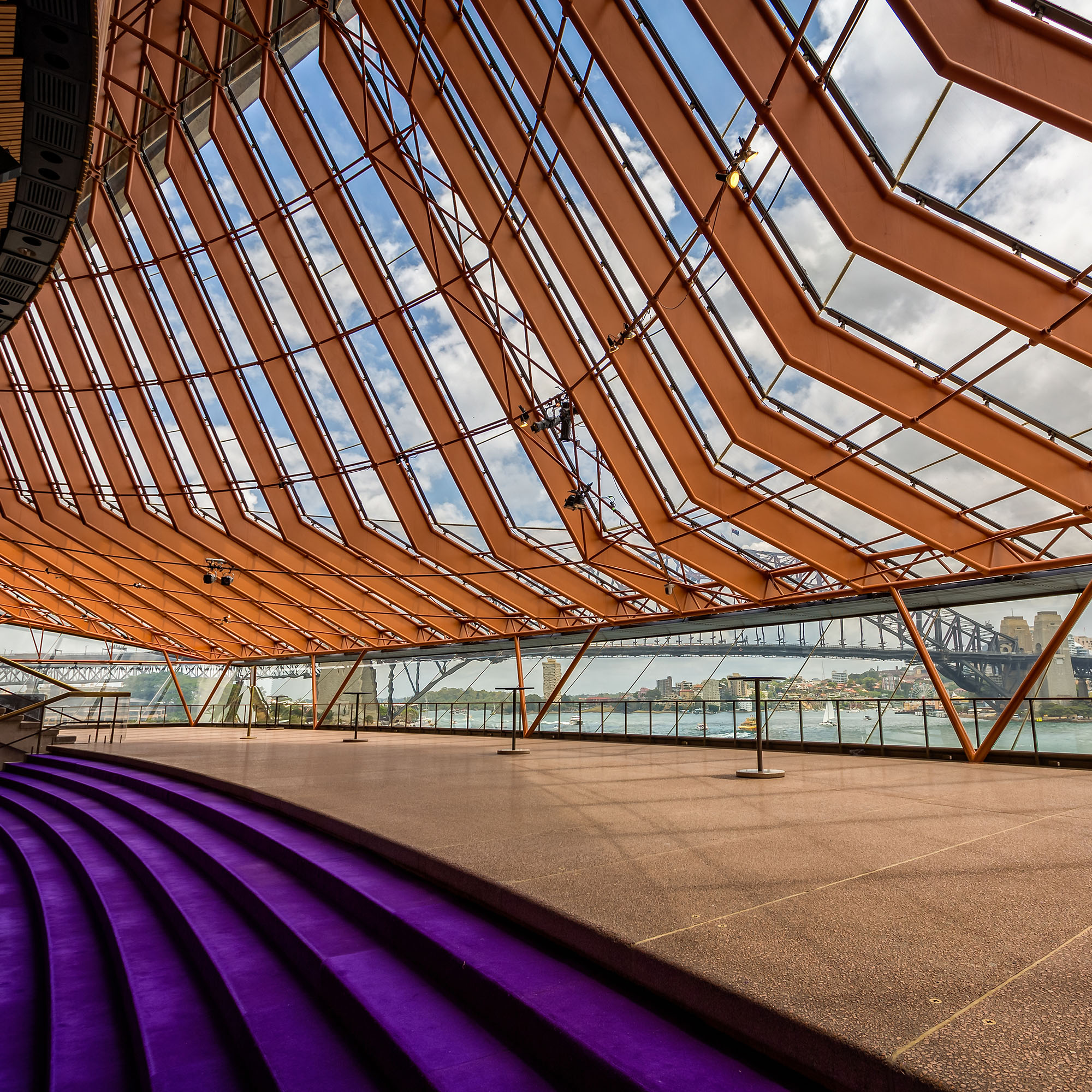
Utzon’s Design Principles
As for the evolution of Sydney Opera House, Utzon came back on the scene in 1999, to set guidelines for the building he had never visited.
“It marked a moment of re-engagement between the architect and the building that had defined his career but he had never seen,” states Sydneyoperahouse.com. “The Utzon Design Principles enshrine Utzon’s original vision and help ensure the building’s architectural integrity is maintained as it evolves, as he always said it should, to meet evolving needs.”
The move was hailed as a reconciliation with Australia before his death in 2008. In the intervening years, several design modifications, mainly functional changes, have been made. A new room has been added, the Utzon Room, which is the only interior in the opera house wholly designed by Utzon, while a colonnade along the western edge is the most externally visible modification.
In 2013, a 10-year AU$300m upgrade began in time for the 50th anniversary of its opening in 2023. Refurbishments have been made to the interior and exterior, with the Concert Hall being upgraded to include state-of-the-art theatre machinery and staging systems to improve acoustics and accessibility.
As its half-century celebrations approach next year, Utzon can rest peacefully knowing his groundbreaking design has helped shape the Sydney Skyline for the foreseeable future.

